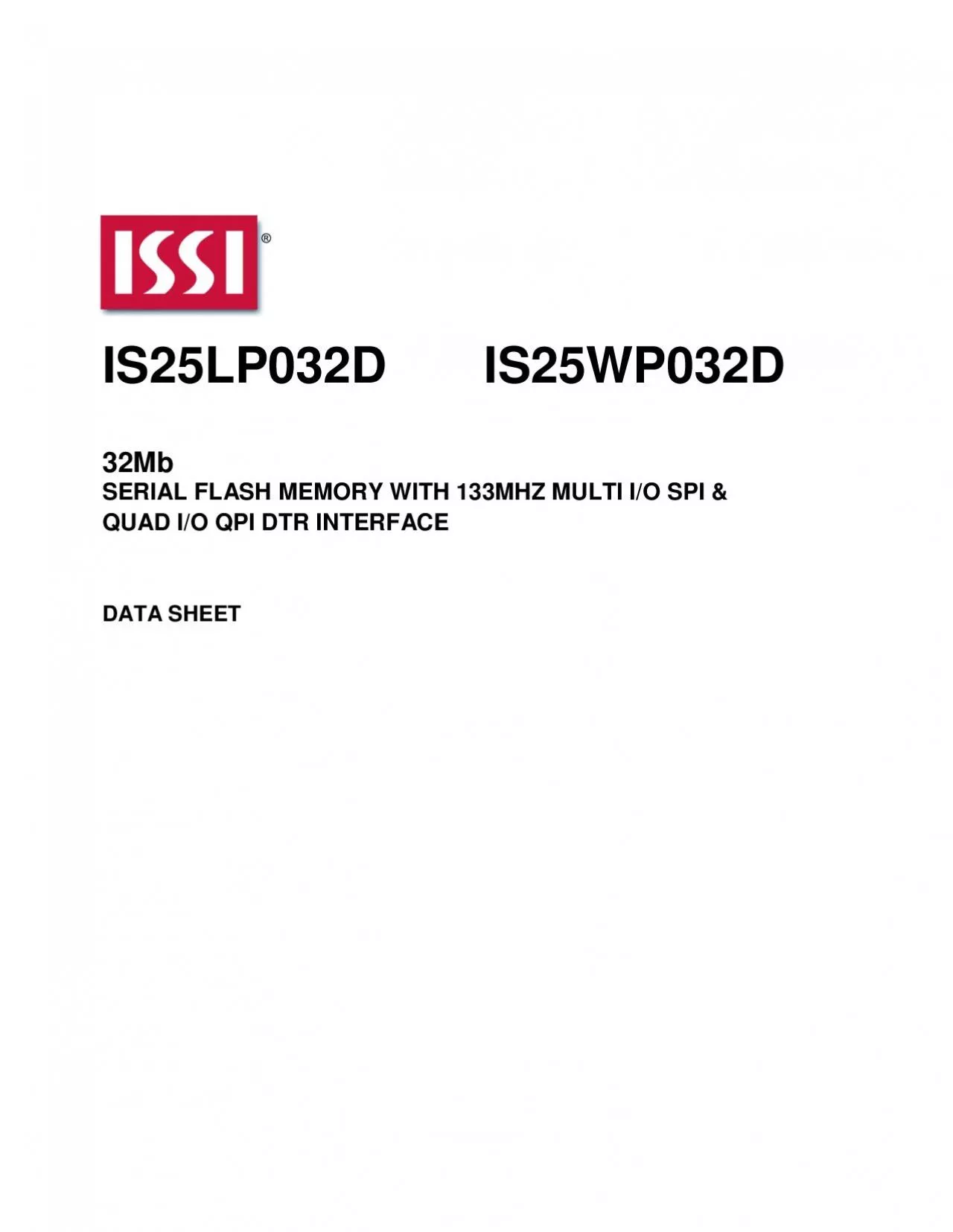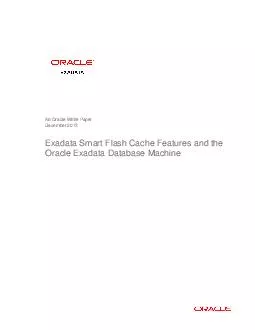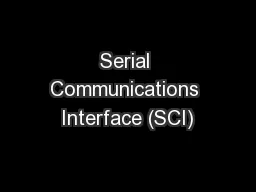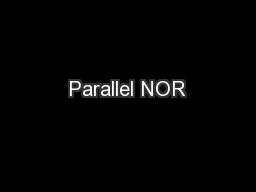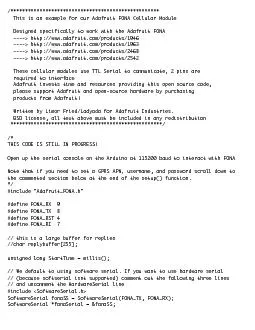PDF-SERIAL FLASH
Author : lucy | Published Date : 2021-02-11
IS 25LP 032 D IS25WP032 D 32 Mb M EMORY W ITH 133MHZ MULTI IO SPI QUAD IO QPI DTR INT ERFACE DATA SHEET IS25LP032 D IS25WP032 D Integrated Silicon Solution Inc wwwissicom 2 Rev
Presentation Embed Code
Download Presentation
Download Presentation The PPT/PDF document "SERIAL FLASH" is the property of its rightful owner. Permission is granted to download and print the materials on this website for personal, non-commercial use only, and to display it on your personal computer provided you do not modify the materials and that you retain all copyright notices contained in the materials. By downloading content from our website, you accept the terms of this agreement.
SERIAL FLASH: Transcript
Download Rules Of Document
"SERIAL FLASH"The content belongs to its owner. You may download and print it for personal use, without modification, and keep all copyright notices. By downloading, you agree to these terms.
Related Documents

